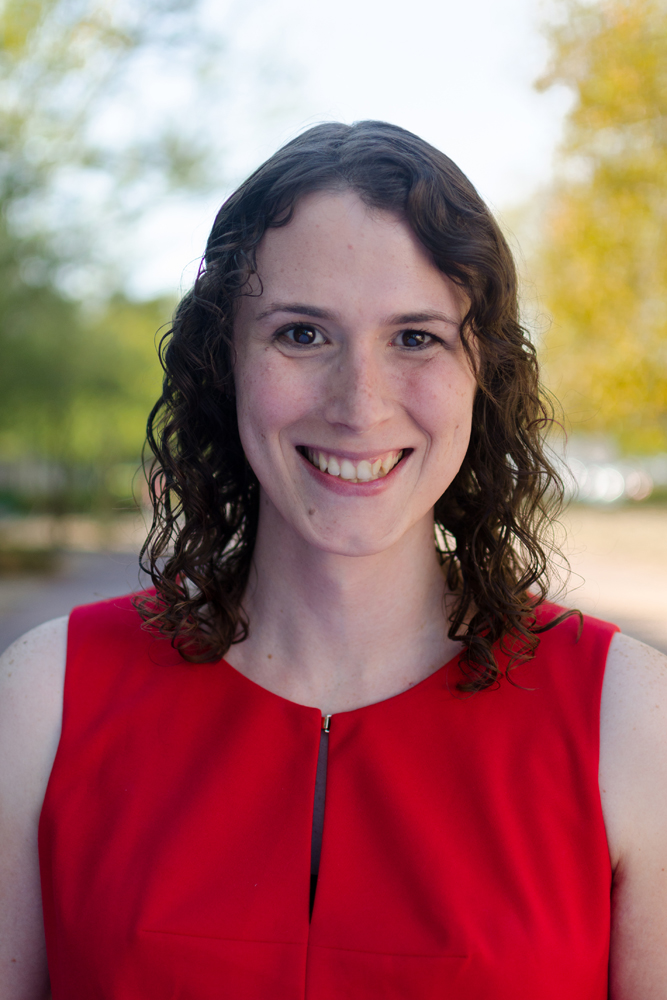
Elizabeth Crosson
“I’ve always had very diverse interests in the natural sciences, and at first it was hard for me to devote myself to just one field of research. I’m really lucky that the opportunity to do quantum computing fell into my lap, because I really like the way it combines modern physics, pure mathematics, and theoretical computer science. In this field I get to use the kind of rigorous methods and proofs that computer scientists emphasize, as well as the intuition we can build from physical understanding and applications to the real world.”
Interview
What is your current research?
I work on quantum systems that are on the border between the classical and quantum worlds. These systems have many familiar quantum characteristics—like superposition and entanglement—but they also have a feature that makes them seem somewhat classical. In equilibrium, they don’t have complex phases that cause interference, and that inspires us to try and simulate these systems using classical computers. I’m trying to find out exactly where this quantum/classical border is, what’s possible to do on a normal computer, and what we need a quantum computer to do.
One of the phenomena I work on is quantum annealing, meaning the use of quantum computers to solve an optimization problem and minimize the cost or resources that go into a given task. I build and run simulations, both to try and understand what the quantum annealing optimizers will do for us once they’re available, and also to try and see how far these classical simulations can be pushed. Since we have yet to build large quantum computers, it’s very important to simulate them to predict what they will be able to do, and we’re hoping to find ways that quantum algorithms will be even better than classical ones at these kinds of optimization problems.
What drew you to this work?
I was bitten by the scientific curiosity bug at an early age. It started with astronomy—contemplating the vastness of the universe instilled me with a sense of awe for nature—and also reading about atoms and the incredible and mysterious world that exists at the smallest distance scales. The desire to understand modern scientific theories motivated me to study math, both for its intrinsic beauty and as a gateway to a career in physics that would allow me to spend my life thinking about these wonderful topics. I’ve always had very diverse interests in the natural sciences, and at first it was hard for me to devote myself to just one field of research. I’m really lucky that the opportunity to do quantum computing fell into my lap, because I really like the way it combines modern physics, pure mathematics, and theoretical computer science. In this field I get to use the kind of rigorous methods and proofs that computer scientists emphasize, as well as the intuition we can build from physical understanding and applications to the real world.
What do you do when you’re not doing physics?
My favorite thing to do outside of the office is read, especially non-fiction. Reading non-fiction might seem like just more work, but I don’t see it that way. There is so much to learn and be curious about. As an undergraduate I dabbled in courses on epistemology and the philosophy of science, which eventually lead me to get a major in philosophy on the side. Another of my favorite subjects is history, especially the creative achievements of great scientists, artists, and writers that advanced us into the modern civilization we now enjoy. Reading about past scientific revolutions—from Copernicus, to Newton, to Einstein—also gives us a perspective on where we are today with the revolutions brought about by quantum mechanics and even more recently by digital computers.